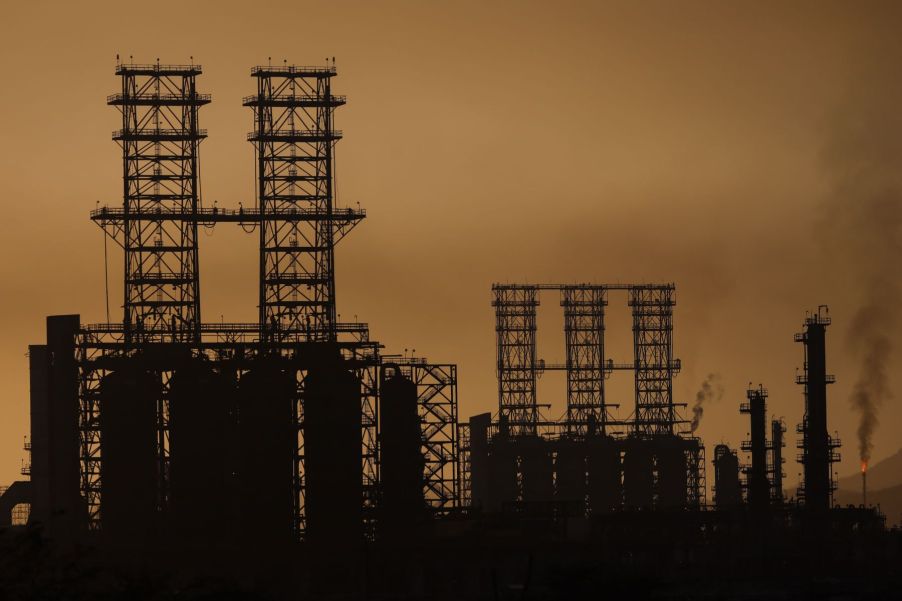
U.S. Government Courts Venezuela for Gas and Oil to Replace Loss During the Russian Invasion of Ukraine
As Americans look to get the best fuel economy possible out of their cars thanks to the Russian invasion of Ukraine, the U.S. government is trying to lower gas prices, too. Venezuela is a major oil exporter, but it’s had a rocky relationship with the U.S. of late. However, this may change soon. Here’s how the U.S. government is trying to lower gas prices by striking a deal with Venezuela.
A brief history of U.S. and Venezuelan relations

According to CNBC, the history of America’s relationship with Venezuela has been a long and rocky one. U.S.-Venezuelan relations in the modern age can be traced back to the late 90s when Hugo Chavez first came to power. He was vocally anti-American, and the U.S. government was also vocally anti-Chavez. Despite those tensions, Venezuela’s rich oil fields kept pumping out the oil that America kept buying.
The two country’s relationship got worse starting in 2014 when the Venezuelan economy collapsed. Nicolás Maduro was president at the time, and according to CNBC, he consolidated power by stripping the Venezuelan opposition of a lot of their political power. One of the opposition leaders, Juan Guaido, declared himself the interim president in response.
The Trump administration recognized Guaido and wanted Maduro to peacefully hand over power to Guaido and the opposition. Maduro refused, and in response, in 2019, the U.S. banned the importing of Venezuelan oil. At the time, this meant losing out on about 600,000 barrels of oil a day.
The U.S. recently reached out to Venezuela for new talks
In response to the Russian invasion of Ukraine, one of the things that the U.S. government did was ban Russian oil imports. While the U.S. doesn’t rely on Russian oil imports, this move has led to even higher gas prices than usual. On top of that, according to Reuters, when the Trump administration banned Venezuelan oil imports in 2019, oil refineries chose to replace Venezuelan oil with Russian oil.
All of these factors have led to the U.S. government engaging in talks with Venezuela over a possible end to the import ban. In fact, Chevron, which is partnered with the Venezuelan government, is already drawing up plans on what to do if the U.S. relaxes that ban. That being said, there is no guarantee that these talks will have a breakthrough.
After being sanctioned by the U.S., Venezuela turned to Russia for help and assistance. Additionally, the U.S. has some demands from Venezuela. The U.S. wants Venezuela to release some Americans that it had jailed, and the U.S. also wants “a firm commitment to discussing free elections,” according to Reuters. That said, there is also political opposition in the U.S. in regard to working with Maduro, as many believe that Maduro is an illegitimate president.
How much oil does Venezuela produce?
Venezuela holds the world’s largest oil reserve, at about 300 billion barrels. However, thanks to sanctions and the economic crisis that Venezuela’s been facing, oil production has dropped a lot in recent years. In 2016, even during Venezuela’s financial crisis, the country produced about 2.3 million barrels of oil per day.
Currently, Venezuela is only producing about 750,000 barrels of oil per day. If the sanctions were lifted and U.S.-Venezuelan relations returned to better times, Venezuela could probably pump out a lot of oil. For comparison, when the U.S. banned Russian oil imports, the U.S. was buying about 670,000 barrels of oil per day from Russia. That is roughly the same amount of oil that the U.S. bought from Venezuela before the sanctions.


